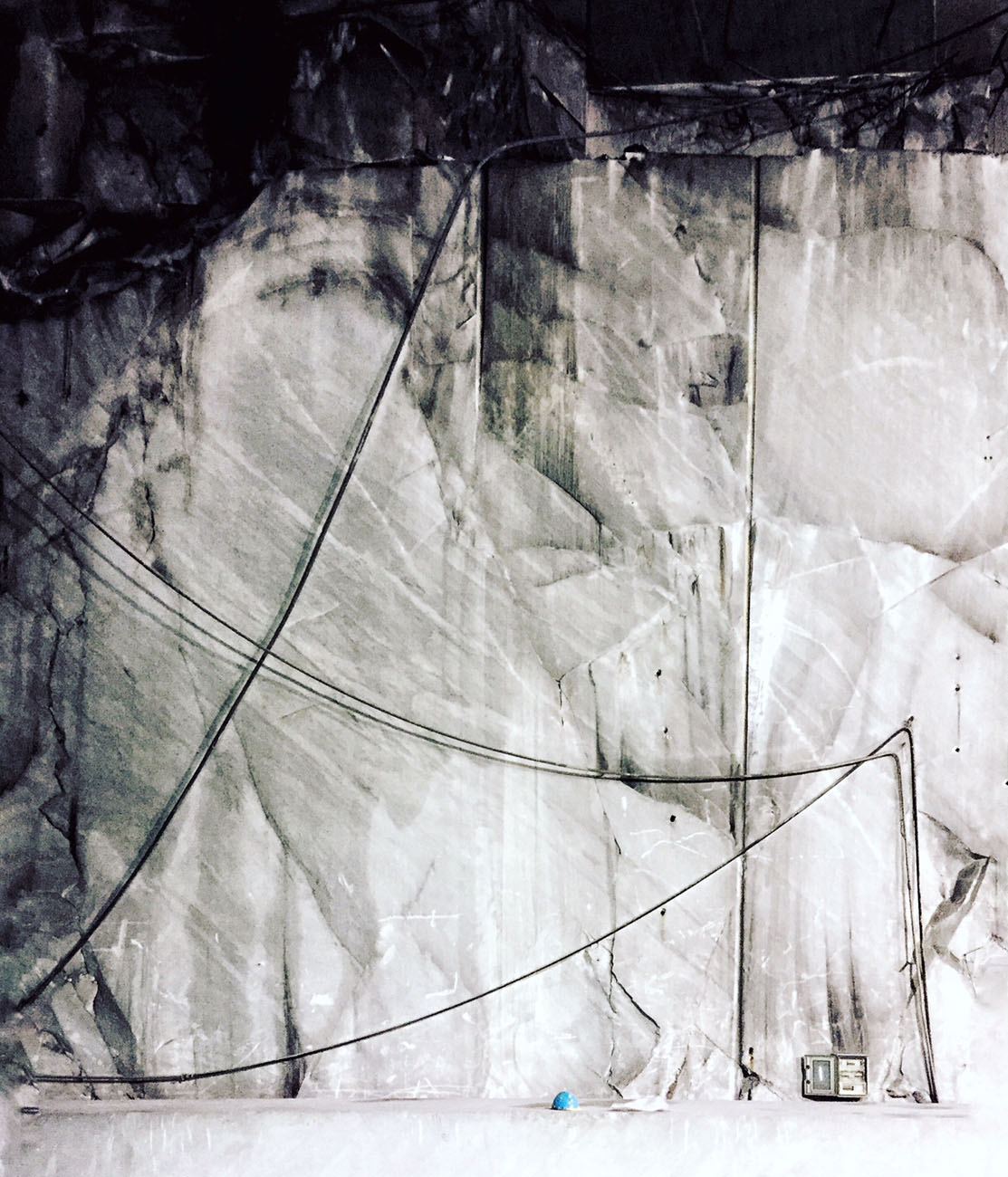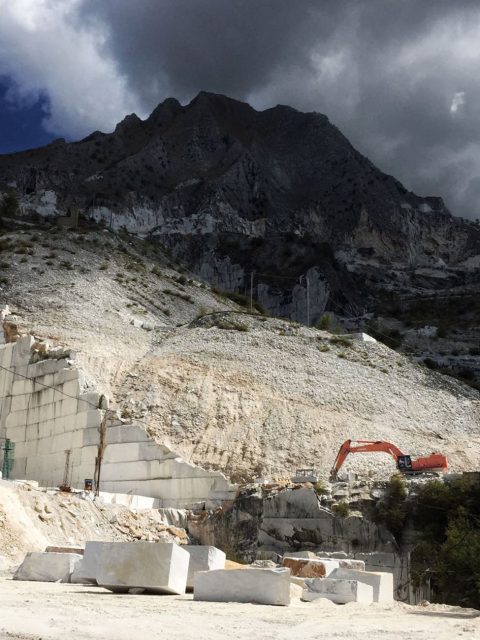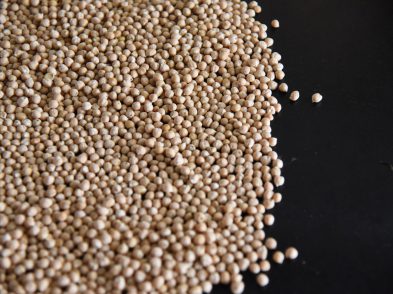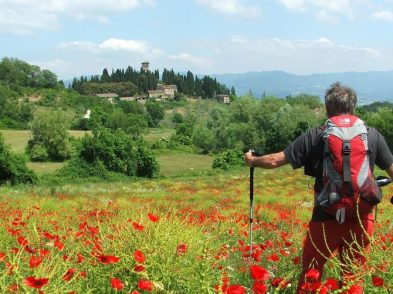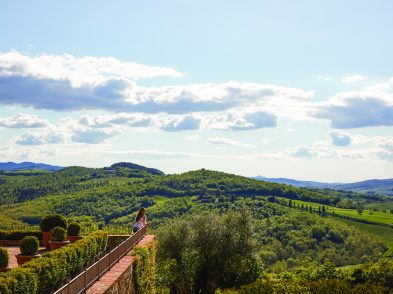“Bar the thrill of admiring its marble pavements, marble street benches, decorative marble putti, marble-clad post office and marble everything else, Carrara doesn’t offer much for the visitor.” This is the rather pointed stance taken by Lonely Planet in its entry on the Città del Marmo. At first glance, it reads a little cold: are the marble marvels not enough for the world’s largest travel guide publisher?
Ph. Marco Badiani
But if the takeaway is that this town isn’t a tourist playground, that is accurate, with Charles Dickens saying as much and apparently not much changing since. He first visited the city in a cold January 1845, chronicled in his travelogue Pictures from Italy: “Few tourists stay there, and the people are nearly all connected, in one way or another, with the working of marble.” Dickens’ description of the town as “picturesque and bold” still holds up and would meet many contemporary “Insta-travelers’” expectations for the destinations on their checklists. And yet Carrara remains, thankfully, largely untouched by this type of tourism.
Flashes of reds, oranges and yellows in the local architecture could explain Dickens’ “bold” on their own, but he was likely also referring to the landscape—the sharp, geometric effects of the marble quarries viewed up close; the scents of the Apuan Alps; the hilly sections he called “wild and fierce”. The marble quarries create a snow-capped optical illusion, divorced from the typical Tuscan landscape (or at least the dreamy Val d’Orcia-style visions that most of us harbor as the regional archetype).
Ph. Marco Badiani
Finding a day to dip your feet into Carrara is worthwhile, even in stone-cold winter. Here is a mixed bag of starting points for a maiden voyage to the marble capital.
Marble madness
Yes, there’s more to this town than the quarries, but you’ve made the trip, so see the main (majestic) attractions. Take note that this is not a free-for-all: the three main marble basins (Colonnata, Fantiscritti and Torano) are open for independent visits, but an authorized guide is a must if you want to walk down into the quarries and get a sense of the extraction process. Several tour companies offer inexpensive, accessible visits, which typically last around 40 minutes and begin in a small bus or Jeep, winding you through the same roads that today’s trucks use to transport marble blocks downhill. Standard visits continue with a walking tour through open-air, still-active quarries that have been crucial to the local economy and lifestyle for centuries. Extended three- to four-hour options are available from some companies; consult Carrara Marble Tour or Marmo Tour for detailed information.
Schedule a stop at the Cathedral, ideally only after you’ve made your jaunt through the quarries: the mostly locally sourced marble should sparkle a little brighter that way. Dedicated to Saint Andrew (Sant’Andrea Apostolo), this wonder is the first church from the Middle Ages to be constructed entirely of marble, from the high-impact rose window on its façade to a 14th-century Annunciation inside.
Round out your marble education with more recent history: the Civic Marble Museum, founded in 1982, has a token Roman area, but the Industrial Archaeology section might be of more interest after some time in the marble trenches. Machinery and tools through the ages spotlight how the quarrying process has shifted over generations.
A famous visitor
And we’re back to Dickens, who might have had a bone to pick with Lonely Planet. The colossal Victorian novelist spent a sabbatical travelling through France and Italy with his family, and Carrara, hardly a standard in the “Grand Tour” lineup of the time, made it onto his itinerary. On his first full day in town, as recounted in Pictures from Italy, he and companions took ponies (not Jeeps) out to the quarries, and were charmed by the “chorus of labourers”, whose singing voices Dickens found far more agreeable than those of other working Italians, “with some exceptions among the Neapolitans”. His vivid descriptions of town life and workers’ rituals led to the recent establishment of a Carrara branch of the Dickens Fellowship, an international organization celebrating his life, work and legacy.
If you’re a literature lover, study the seasonal program of events on the Fellowship’s Facebook page (Dickens Fellowship – Carrara Branch) before planning your day trip. The sede at via Carriona 41 puts on a packed calendar of readings, seminars and exhibitions, held primarily in English and dedicated not just to Dickens, but to other icons of English literature, particularly from the Victorian period.
Give lardo a chance
Lardo di Colonnata IGP comes from its namesake frazione of Carrara, Colonnata, a tiny town with a big, fat fame for its tastiest pork export. Try it in the town itself in one of its numerous larderie—yes, that’s a shop specialized in the production of cured pigback fat—or stick around Carrara and pop over to the colorful piazza Alberica, a social hub and a scenic spot for a glass of wine and some flavorful fat. You’ll typically see it seasoned with crushed garlic, rosemary, black pepper and sea salt, but the real secret to its richness circles back to (you guessed it) marble: the fat is generally cured in conche, or marble basins, for about six months.

